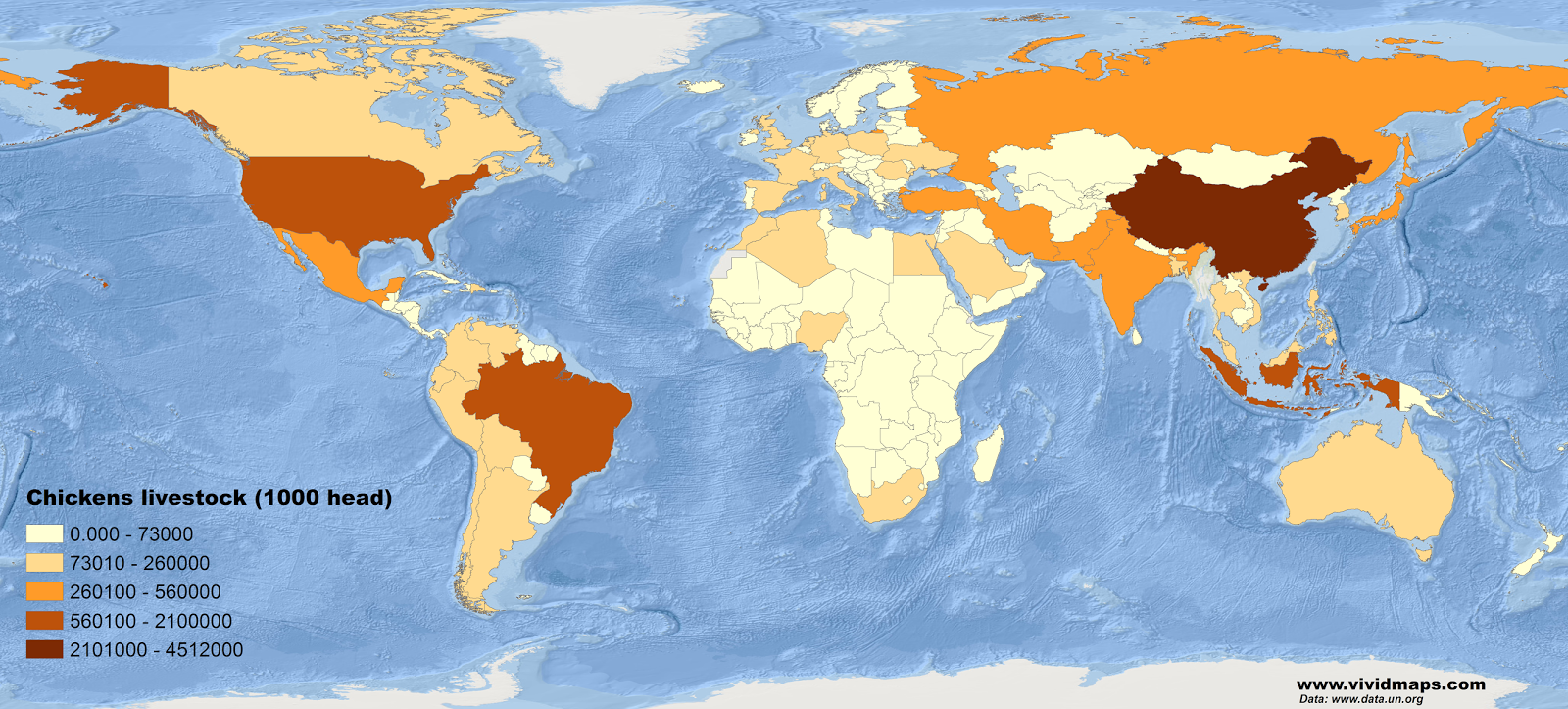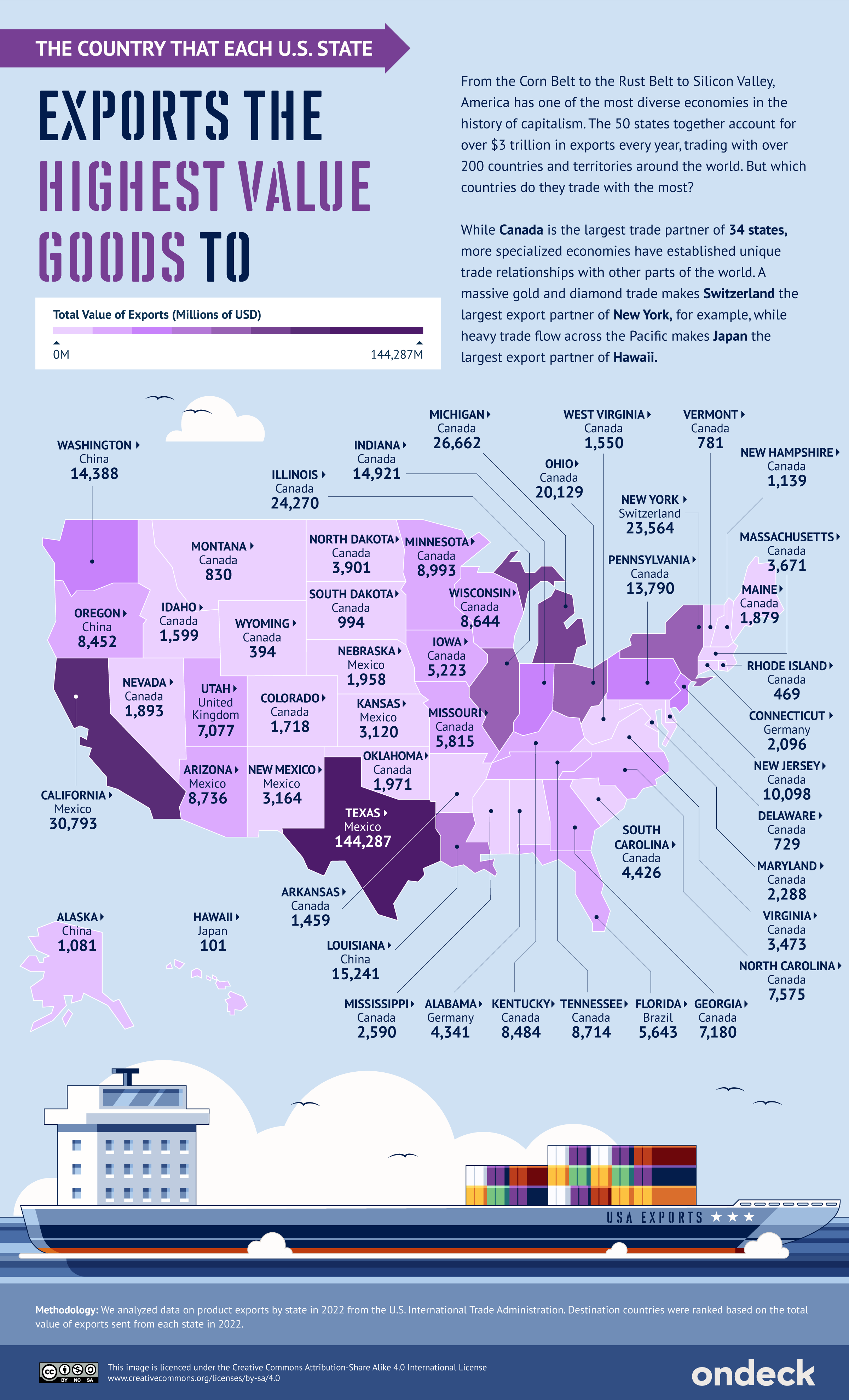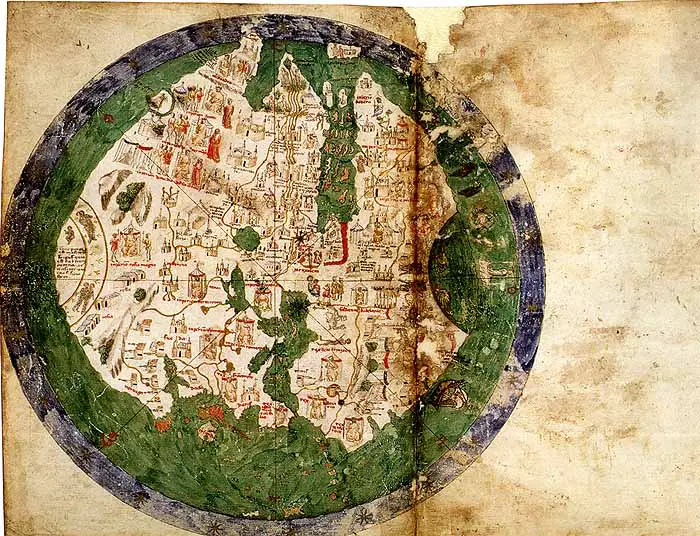Landlocked Countries: When Geography Becomes Your Biggest Challenge
Being stuck without a coastline sounds like a minor inconvenience until you’re trying to run a country. No ports means every single thing you import or export has to cross someone else’s border first. Your economy depends on keeping good relations with neighbors. One diplomatic spat and suddenly your trade routes disappear.
Dozens of countries deal with this reality every day. But the landlocked world is more diverse than you might expect – from sprawling giants to nations you could walk across in minutes.

Look at this map above and you’ll spot something interesting. Those two darker spots are Liechtenstein and Uzbekistan—the only countries that are “doubly landlocked.” They’re surrounded entirely by other landlocked countries, meaning you’d need to cross at least two borders just to smell salt water.
Size Doesn’t Follow the Rules You’d Expect
Kazakhstan dominates the landlocked world at 2.7 million square kilometers (1 million square miles). Stretch it from the Caspian Sea to the Altai Mountains, and you’ve got something bigger than Western Europe. Mongolia trails behind at 1.6 million square kilometers (603,909 square miles) of grasslands and desert.

Then there’s Vatican City. At 0.44 square kilometers (0.17 square miles), you could fit it into Kazakhstan about 6 million times. Walking from one end to the other takes maybe 10 minutes if you stop to admire the architecture.
The population story is different though. Ethiopia packs over 100 million people into its landlocked territory- more than any other country without a coast. Managing trade routes for that many people without your own ports? That’s a logistical nightmare.
Even Coastal Countries Have Landlocked Problems
Entire states and provinces get stuck inland too, even when their country has perfectly good coastlines.

American states like Montana and Wyoming know this struggle. So do places like Bavaria in Germany or Madhya Pradesh in India.
Your Neighbors Make All the Difference
The number of countries you border can make or break your situation. Austria and Zambia each touch eight different nations—plenty of options if one neighbor gets difficult. But Lesotho is completely surrounded by South Africa, and San Marino sits entirely inside Italy. No backup plans there.

Having multiple neighbors gives you leverage. If one country raises transit fees or closes borders, you can shift your trade elsewhere. Single-neighbor countries live at their neighbor’s mercy.
| Landlocked Nation | # of Surrounding Nations | Surrounding Nations |
|---|---|---|
| Austria | 8 | Czechia, Germany, Hungary, Italy, Liechtenstein, Slovakia, Slovenia, Switzerland |
| Serbia | 8 | Albania, Bosnia and Herzegovina, Bulgaria, Croatia, Hungary, Kosovo, Montenegro, North Macedonia, Romania |
| Zambia | 8 | Angola, Botswana, DR Congo, Malawi, Mozambique, Namibia, Tanzania, Zimbabwe |
| Hungary | 7 | Austria, Croatia, Romania, Serbia, Sloakia, Slovenia, Ukraine |
| Mali | 7 | Algeria, Burkina Faso, Cote d’Ivoire, Guinea, Mauritania, Niger, Senegal |
| Niger | 7 | Algeria, Benin, Burkina Faso, Chad, Libya, Mali, Nigeria |
| Afghanistan | 6 | China, Iran, Pakistan, Tajikistan, Turkmenistan, Uzbekistan |
| Burkina Faso | 6 | Benin, Cote d’Ivoire, Ghana, Mali, Niger, Togo |
| Central African Republic | 6 | Cameroon, Chad, Congo, DR Congo, South Sudan, Sudan |
| Chad | 6 | Cameroon, Central African Republic, Libya, Niger, Nigeria, Sudan |
| Ethiopia | 6 | Djibouti, Eritrea, Kenya, Somalia, South Sudan, Sudan |
| South Sudan | 6 | Central African Republic, DR Congo, Ethiopia, Kenya, Sudan, Uganda |
| Azerbaijan | 5 | Armenia, Georgia, Iran, Russia, Türkiye |
| Belarus | 5 | Latvia, Lithuania, Poland, Russia, Ukraine |
| Bolivia | 5 | Argentina, Brazil, Chile, Paraguay, Peru |
| Kazakhstan | 5 | China, Kyrgystan, Russia, Turkmenistan, Uzbekistan |
| Laos | 5 | Cambodia, China, Myanmar, Thailand, Vietnam |
| North Macedonia | 5 | Albania, Bulgaria, Greece, Kosovo, Serbia |
| Slovakia | 5 | Poland, Ukraine, Hungary, Austria, Czech Republic |
| Switzerland | 5 | Austria, France, Germany, Italy, Liechtenstein |
| Uganda | 5 | DR Congo, Kenya, Rwanda, South Sudan, Tanzania |
| Uzbekistan | 5 | Afghanistan, Kazakhstan, Kyrgyzstan, Tajikistan, Turkmenistan |
| Armenia | 4 | Azerbaijan, Georgia, Iran, Türkiye |
| Botswana | 4 | Namibia, South Africa, Zambia, Zimbabwe |
| Czechia | 4 | Austria, Germany, Poland, Slovakia |
| Kosovo | 4 | Albania, Montenegro, North Macedonia, Serbia |
| Kyrgyzstan | 4 | China, Kazakhstan, Tajikstan, Uzbekistan |
| Rwanda | 4 | Burundi, DR Congo, Tanzania, Uganda |
| Tajikistan | 4 | Afghanistan, China, Kyrgyzstan, Uzbekistan |
| Turkmenistan | 4 | Afghanistan, Iran, Kazakstan, Uzbekistan |
| Zimbabwe | 4 | Botswana, Mozambique, South Africa, Zambia |
| Burundi | 3 | DR Congo, Rwanda, Tanzania |
| Luxembourg | 3 | Belgium, France, Germany |
| Malawi | 3 | Mozambique, Tanzania, Zambia |
| Paraguay | 3 | Argentina, Bolivia, Brazil |
| Andorra | 2 | France, Spain |
| Bhutan | 2 | China, India |
| Eswatini | 2 | Mozambique, South Africa |
| Liechtenstein | 2 | Austria, Switzerland |
| Moldova | 2 | Romania, Ukraine |
| Mongolia | 2 | China, Russia |
| Nepal | 2 | China, India |
| Lesotho | 1 | South Africa |
| San Marino | 1 | Italy |
| Vatican City | 1 | Italy |
The Price of Being Stuck Inland
The UN estimates that landlocked developing countries pay up to 50% more for transportation than coastal nations. Every shipment needs extra paperwork, additional border crossings, and longer routes. Those costs add up fast.
Some countries figured out workarounds. Switzerland and Luxembourg became financial centers where moving money matters more than moving cargo. Mongolia negotiated special port access deals with China and Russia. Ethiopia built up Addis Ababa as a major aviation hub since flying doesn’t require crossing borders.
But these are exceptions. Most landlocked countries still struggle with the basic challenge of getting their goods to global markets efficiently.
Geography shapes how countries develop, but it doesn’t have to doom them. In our digital economy, maybe being landlocked matters less than it used to. Then again, someone still needs to ship those smartphones and laptops.
Interested in Exploring More? Check Out These Related Products: (Note: The following are affiliate links to Amazon)
- “Political World Wall Map” – Perfect for classrooms and offices
- “Atlas of Global Geography” – Detailed maps and analysis of world geography
- “The New Silk Roads” by Peter Frankopan – Exploring modern trade routes and geopolitics









To be honest, I never knew being landlocked would go this far!